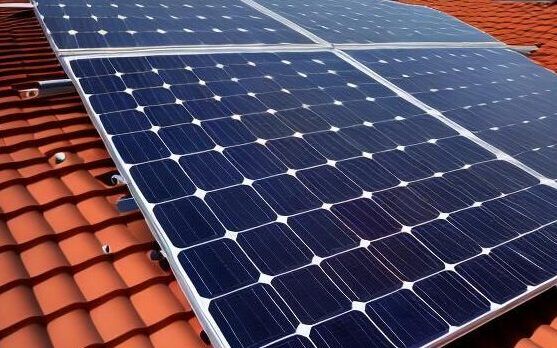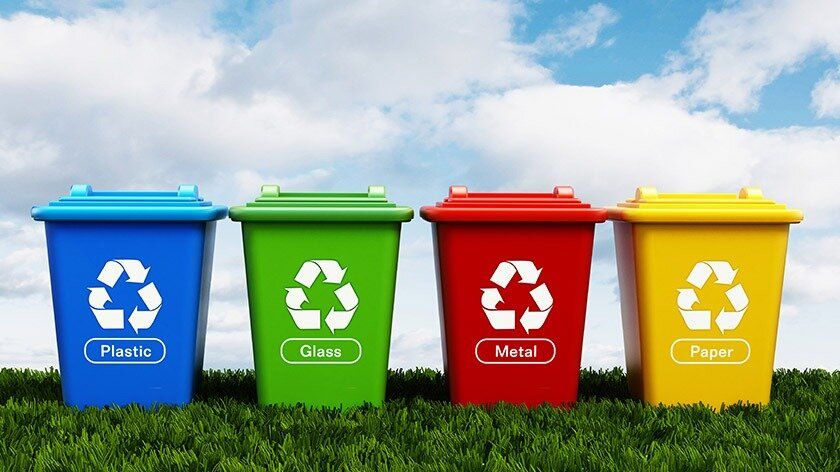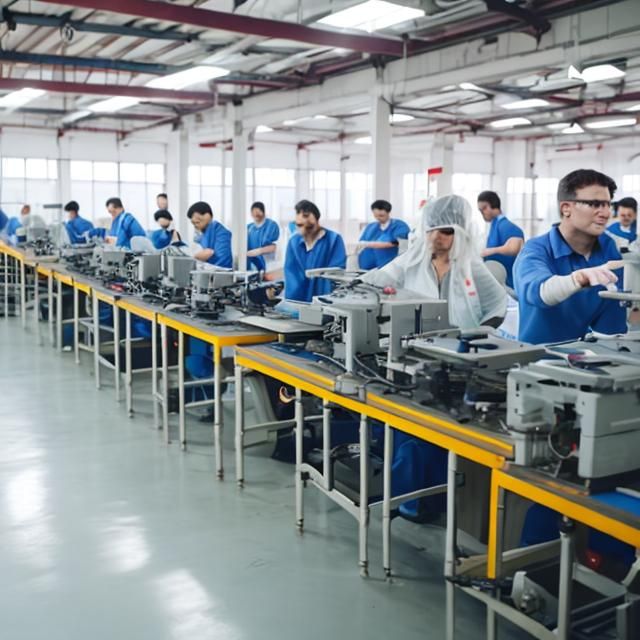In an era of increasing environmental consciousness, the adoption of green and sustainable practices in facility maintenance is non-negotiable. As the world grapples with the consequences of climate change and dwindling natural resources, businesses and organizations are seeking ways to minimize their ecological footprint. In this blog post, we will explore the implementation of energy-efficient systems, waste management protocols, and eco-friendly materials, showcasing how these practices not only benefit the environment but also enhance operational efficiency and brand reputation.
Introduction
The degradation of our environment due to human activities has become a pressing global concern. Industries across various sectors are recognizing the significance of transitioning towards green and sustainable practices. Facility maintenance, in particular, plays a vital role in the overall sustainability efforts of an organization.

Energy-Efficient Systems
One of the primary aspects of green facility maintenance is the adoption of energy-efficient systems. Upgrading to energy-efficient lighting, heating, ventilation, and air conditioning (HVAC) systems can significantly reduce energy consumption. Smart lighting solutions that use motion sensors and adjust illumination based on occupancy contribute to energy conservation. Moreover, installing solar panels can harness renewable energy, further reducing dependence on fossil fuels.
HVAC Systems and Energy Conservation
HVAC systems are one of the biggest energy consumers in facilities. By investing in modern HVAC technologies, businesses can optimize temperature control and airflow, resulting in lower energy consumption and reduced greenhouse gas emissions.
Waste Management Protocols
Effective waste management is another crucial aspect of sustainable facility maintenance. Implementing comprehensive waste management protocols involves reducing, reusing, and recycling waste materials to minimize environmental impact.
Recycling Initiatives
Encouraging employees and occupants to participate in recycling programs can significantly reduce the amount of waste sent to landfills. Introducing separate bins for different types of recyclables and organic waste ensures proper disposal and promotes responsible waste management.

Upcycling and Reusing Materials
Incorporating upcycling and reusing practices in facility maintenance not only conserves resources but also adds a creative touch to the workspace. Repurposing old furniture, fixtures, and equipment not only reduces waste generation but also provides a unique and environmentally-friendly aesthetic.

Eco-Friendly Materials
Choosing eco-friendly materials is a fundamental component of green facility maintenance. Traditional construction and maintenance materials often have adverse environmental impacts, such as contributing to deforestation or releasing harmful chemicals.
Sustainable Building Materials
Opting for sustainable building materials, such as bamboo, reclaimed wood, or recycled plastics, supports the preservation of natural resources. These materials offer comparable durability and functionality while being more environmentally friendly.
Low VOC Paints and Finishes
Using low volatile organic compound (VOC) paints and finishes in facility maintenance reduces indoor air pollution and enhances occupant health and well-being. VOCs contribute to air pollution and can cause various health issues, such as respiratory problems and headaches.
Enhancing Operational Efficiency
The incorporation of green and sustainable practices goes beyond environmental benefits; it also positively impacts operational efficiency within a facility.
Cost Savings
Implementing energy-efficient systems and waste management protocols can lead to substantial cost savings in the long run. Reduced energy consumption and waste disposal expenses contribute to improved financial performance.
Employee Productivity and Well-being
A green and sustainable work environment fosters employee satisfaction and productivity. Green spaces, natural lighting, and improved indoor air quality create a conducive atmosphere that enhances employee well-being and job satisfaction.

Building Brand Reputation
Consumers and stakeholders increasingly value businesses that prioritize sustainability. Embracing green facility maintenance demonstrates a commitment to environmental responsibility, positively impacting brand reputation.
Conclusion
In conclusion, the importance of green and sustainable practices in facility maintenance cannot be overstated. By adopting energy-efficient systems, waste management protocols, and eco-friendly materials, businesses and organizations can contribute significantly to environmental preservation while enjoying operational efficiency and a positive brand image.
FAQs
How do energy-efficient systems benefit the environment? Energy-efficient systems reduce energy consumption and greenhouse gas emissions, mitigating the impact of climate change.
What are some examples of sustainable building materials? Bamboo, reclaimed wood, and recycled plastics are some examples of sustainable building materials.
How does waste management contribute to sustainability? Effective waste management through recycling and upcycling reduces the strain on natural resources and minimizes landfill waste.
Can green facility maintenance lead to cost savings? Yes, green facility maintenance can lead to cost savings through reduced energy consumption and waste disposal expenses.
How does a sustainable work environment affect employee productivity? A sustainable work environment enhances employee satisfaction and productivity by promoting well-being and a positive atmosphere.







